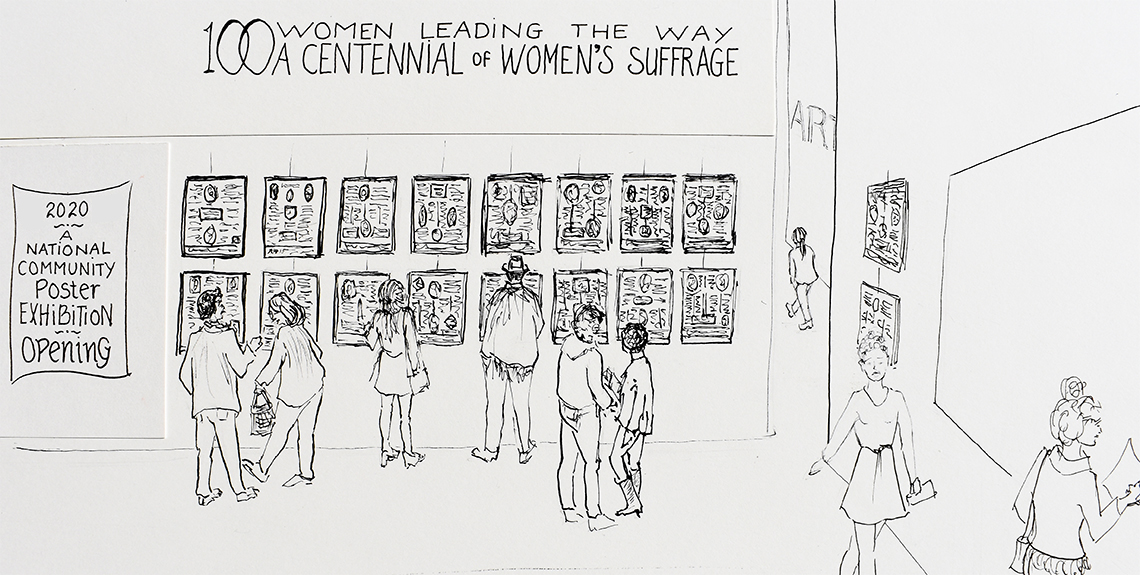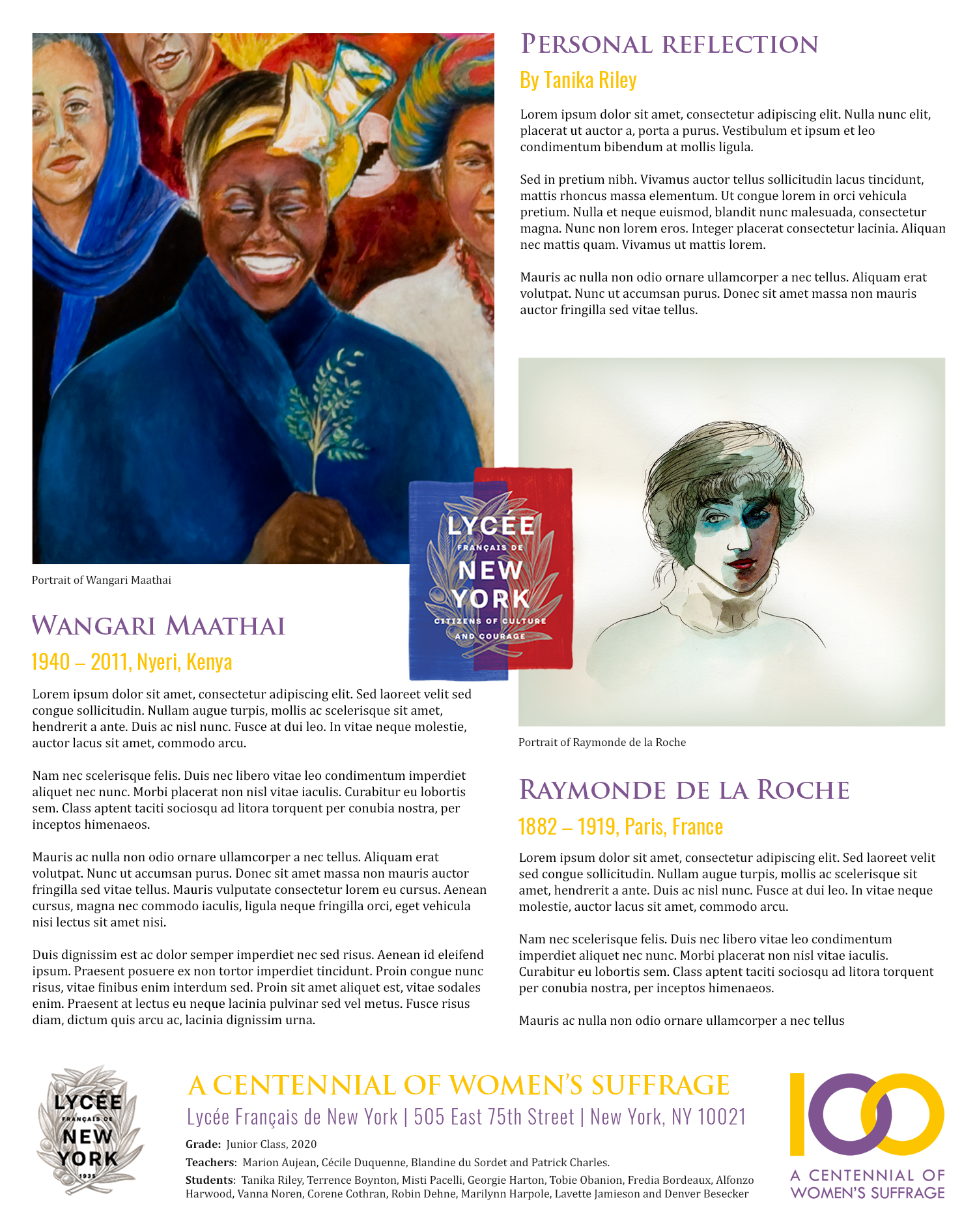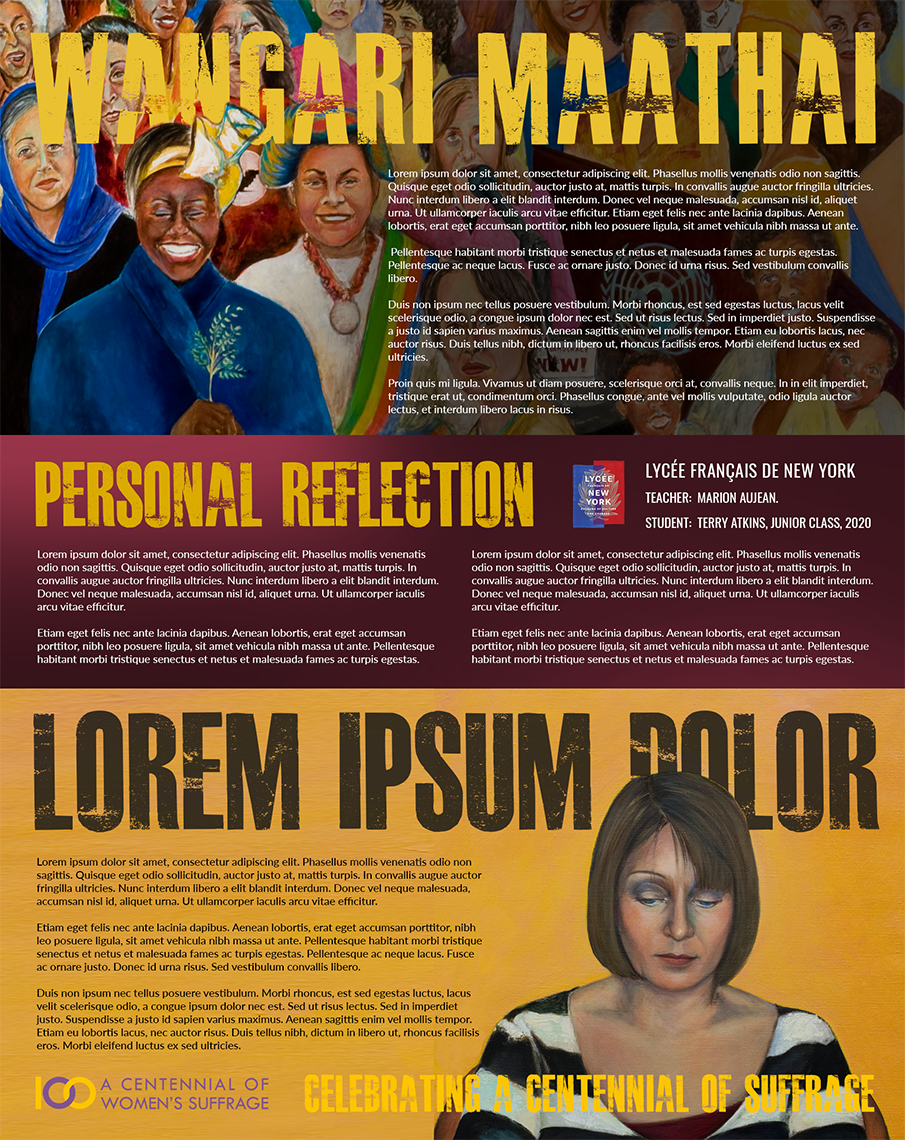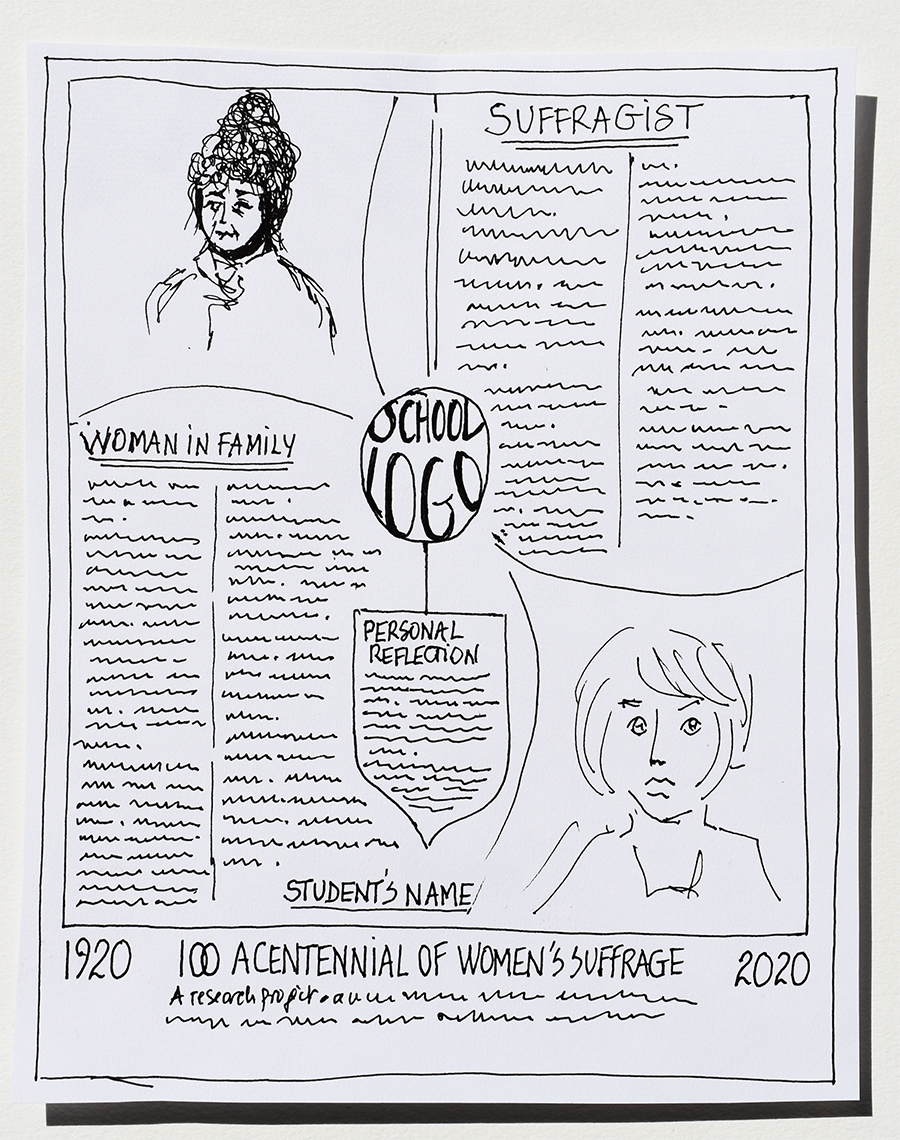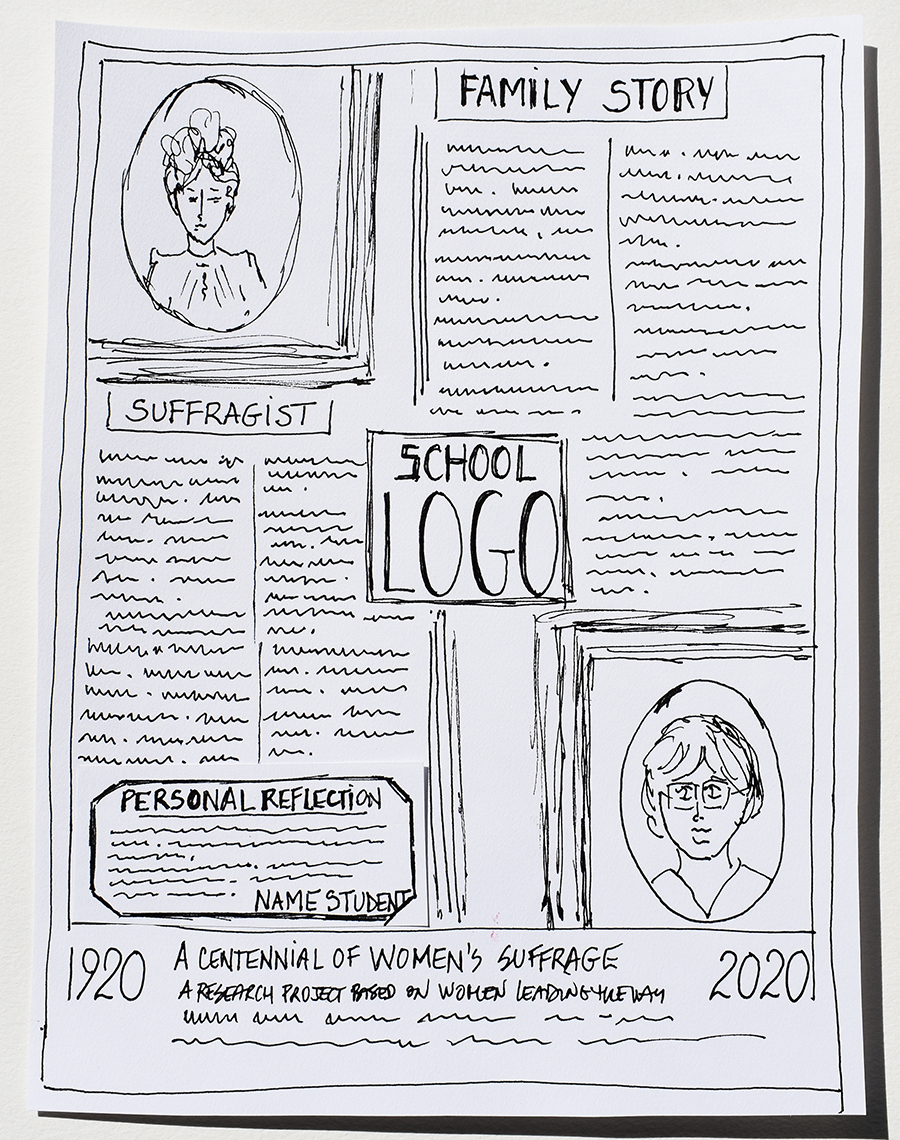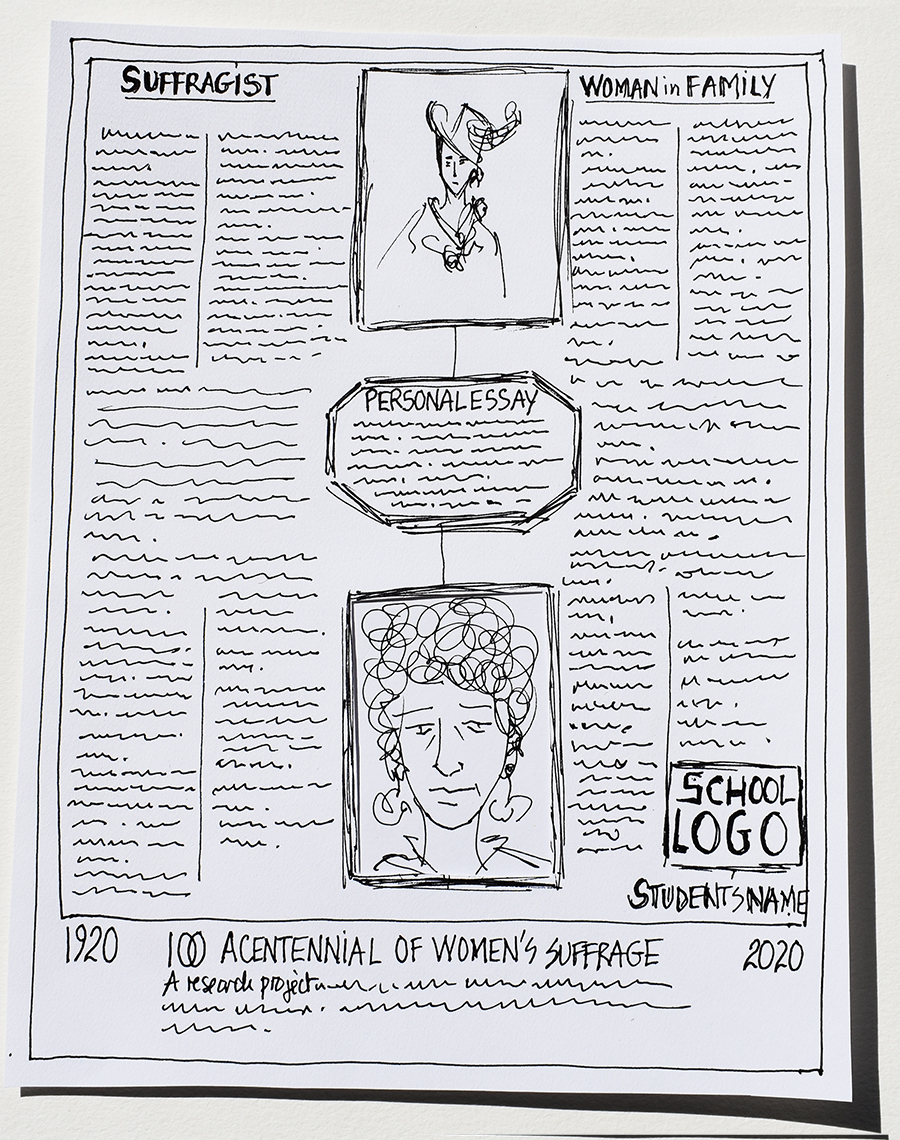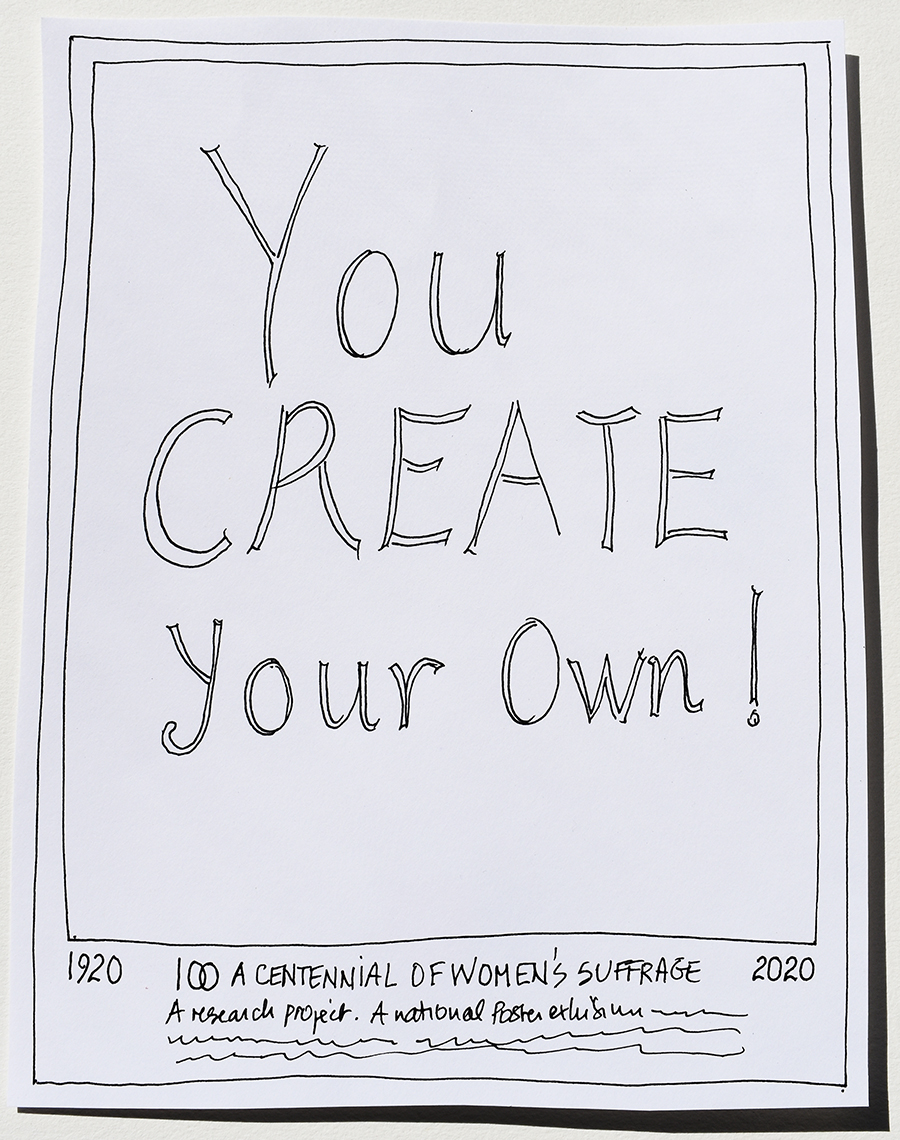What are the Project Guidelines?
Overview, History, Art, and Personal History
Women Leading the Way is a class project geared to encourage interdisciplinary collaboration between history, English or ELA, and art teachers. It can be done by an entire class, an entire grade or as an elective. In it, students will explore the history of the Women’s Suffrage Movement and beyond through the struggles and achievements of the extraordinary women who made significant and lasting contributions to Human Rights in United States and around the globe.
Students will learn the difference between suffragists and their radical sisters — the suffragettes. They will connect their own family stories to history, study the art of portraiture and reflect personally on the project. Their stories and artwork will all be featured online in a storytelling archive at the end of the project.
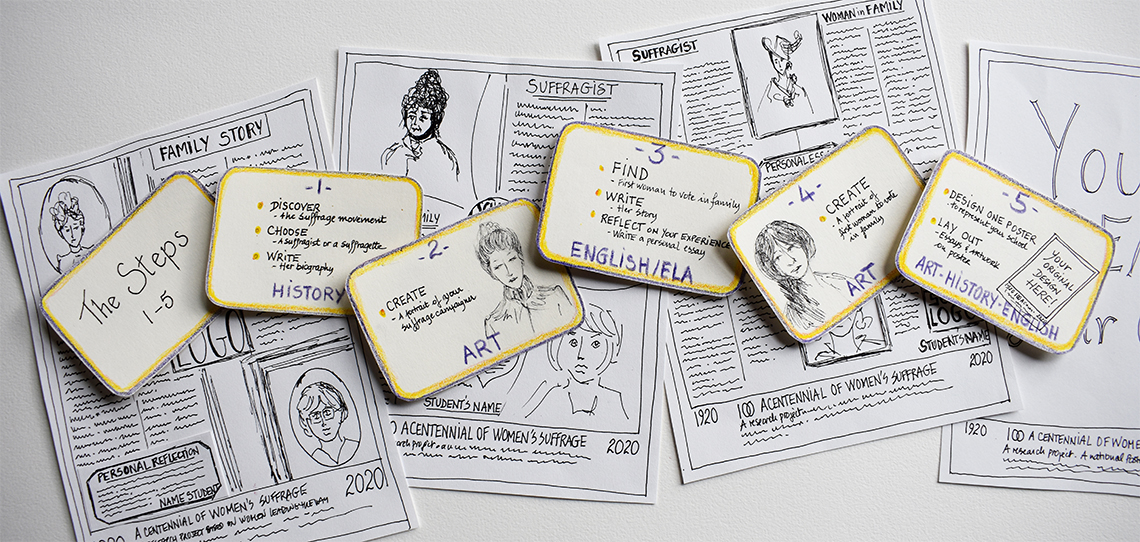
STEP 1 — HISTORY
RESEARCH AND BIOGRAPHY WRITING OF AN HISTORICAL SUFFRAGE CAMPAIGNER

Students will research one of the women depicted in the painting Women Leading the Way: Suffragists & Suffragettes; alternatively, they are encouraged to research a influential historical female from their own state – or tribe – who is not represented in the painting. They will be challenged to think critically in order to write a revealing biographical essay of that person's life and her contribution to the advancement of women's voting rights or human rights. Depending on their cultural heritage, they will cross-reference primary source material carefully, or rely on their rich oral tradition, to do so.
Three areas of biographical research should be considered: Biography, Context and Contribution. All content, to be organically meshed, will run from 500 to 750 words in length.
FORMAT OPTIONS +
STEP 2 — ART
CREATE A PORTRAIT OF YOUR SUFFRAGE CAMPAIGNER

Using drawing techniques, collage, photomontage, sculpture, painting or digital media, each student will create a portrait of the suffrage campaigner they research.
STEP 3 — ENGLISH / ELA
CREATE A PERSONAL HISTORY
 FIND: Through personal interviews and documentation – such as photographs, letters, journals, oral history and artifacts – students will research the first woman who was granted or denied the right to vote within their own family, and summarize her life story, along with her sentiments at the time. If it is not possible or culturally not applicable, they will look for an inspiring figure within their own family. Students may choose a subject outside of their family that they feel a connection to.
FIND: Through personal interviews and documentation – such as photographs, letters, journals, oral history and artifacts – students will research the first woman who was granted or denied the right to vote within their own family, and summarize her life story, along with her sentiments at the time. If it is not possible or culturally not applicable, they will look for an inspiring figure within their own family. Students may choose a subject outside of their family that they feel a connection to.
WRITE HER STORY: Connect family stories to history. In telling her story, students should consider the historical context of that family member's experience, and try to compare it with their own. Essays should run 300 to 400 words in length.
REFLECT: Each student will write a personal, reflective essay on their experience of having researched these extraordinary women, and the value of connecting their own family experiences to history. Reflections should address why voting matters at all levels: local, state and federal. Essays should run 250 to 350 words in length.
STEP 4 — ART
CREATE A PORTRAIT OF THE FIRST WOMAN TO VOTE IN YOUR FAMILY
 Using drawing techniques, collage, photomontage, sculpture, painting or digital media, each student will create a portrait of the woman in their family they choose to write about.
Using drawing techniques, collage, photomontage, sculpture, painting or digital media, each student will create a portrait of the woman in their family they choose to write about.
STEP 5 — ART / HISTORY / ENGLISH
DESIGN A POSTER

All essays and artwork (separate from the poster) will be published and showcased online in a Storytelling Archive. In addition, each school will contribute a poster to a physical exhibit, to be held in the Spring of 2020.
NATIONAL POSTER EXHIBITION
We encourage each class to create a poster for the National Poster Exhibition. Posters offer students the opportunity to record and share their histories with their families and communities. (Many participants in the original Project still have and cherish their posters.) Poster options:
- Create a poster following any of the samples provided, and personalize it for your institution;
- Create a poster of your own design that best represents your institution and its values.
- Each poster should include three essays and two artworks. We encourage you to challenge your students to create a poster — although this is not a project requirement. (We also encourage you to add your school logo, school name, address, and list of participating teachers and students.)
Please note that the poster dimensions should be 29 inches tall by 23 inches wide (150 dpi to 300 dpi).
